While everyone is talking (including us) about the new James Bond that was shot entirely on film cameras, this is an excuse to write about Skyfall, which is the first 007 movie shot digitally. Skyfall was captured on ALEXA Studio, ALEXA Plus, and ALEXA M cameras, by Roger Deakins. Here is a few interesting facts.
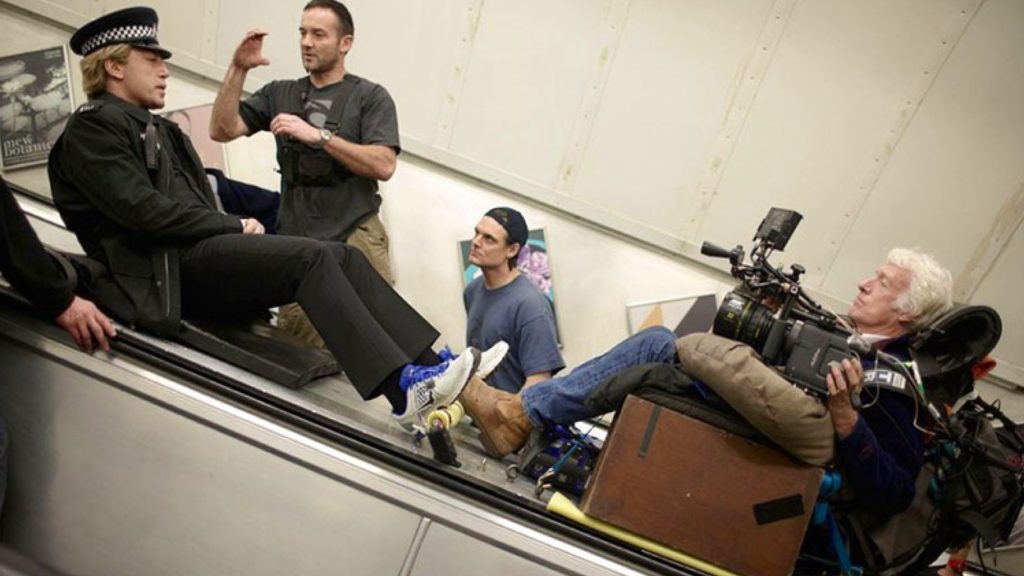
Skyfall symbolizes the start of the digital age
When the new and fresh 007 action hits the theaters, this is a good opportunity to talk about Skyfall, which is a very special Bond movie from cinematography aspects. Skyfall (2012) is the twenty-third in the James Bond series. The film is the third to star Daniel Craig as fictional MI6 agent James Bond. It was directed by Sam Mendes and shot by legendary cinematographer Sir Roger Deakins. Principal photography took 128 days, using ARRI ALEXA digital cameras to shoot the entire film. It was the first Bond film to be shot digitally and Mendes’ first digital experience.
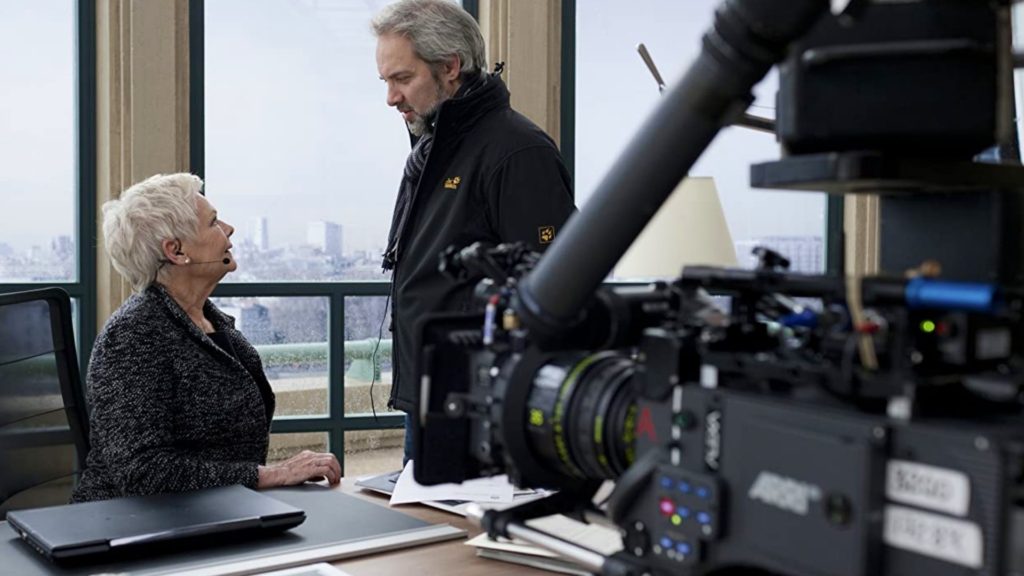
From 2.8K to IMAX
The decision to make Skyfall the first in the franchise to be released in IMAX theaters has already proved hugely successful – it took $3.5 million in 79 locations over 15 territories, averaging $45,000 per screen. For comparison, the most recent 007 movie, ‘No Time to Die’ was shot about 30% on ‘real’ IMAX film cameras. However, Skyfall was shot on three digital cameras: ALEXA Studio, ALEXA Plus, and ALEXA M, with a resolution of 2.8 (ARRIRAW). Nevertheless, it was upscaled for the huge canvas (IMAX). Estimations claim that IMAX is equivalent to 8K resolution and beyond. Thus, upscaled to IMAX from a resolution of 2.8K digital, is sort of gambling. But it worked! The film was nominated for 85th Academy Awards (2012) for Best Cinematography, and it’s the first 007 film to be nominated for the Oscar’s Cinematography category.
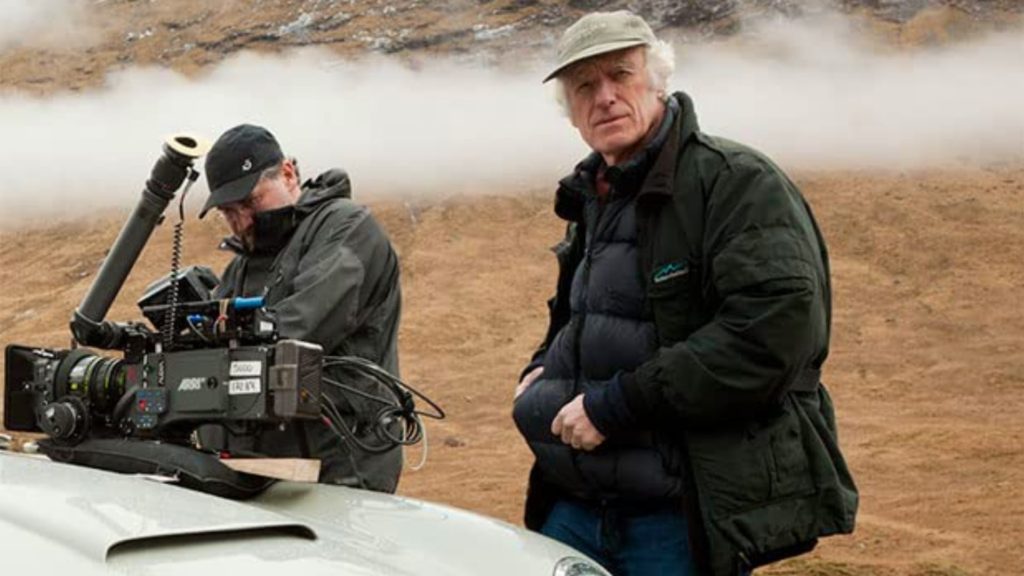
Gambling on the format
Deakins was unaware that the film was to be released on IMAX until after he had made the decision to shoot the film with the ARRI cameras, and was unhappy with the IMAX tests made from his footage as the colors “didn’t look great”. After exploring the IMAX system further and discovering that the IMAX Corporation was using their proprietary re-mastering process, Deakins saw the IMAX results and was very satisfied with that.
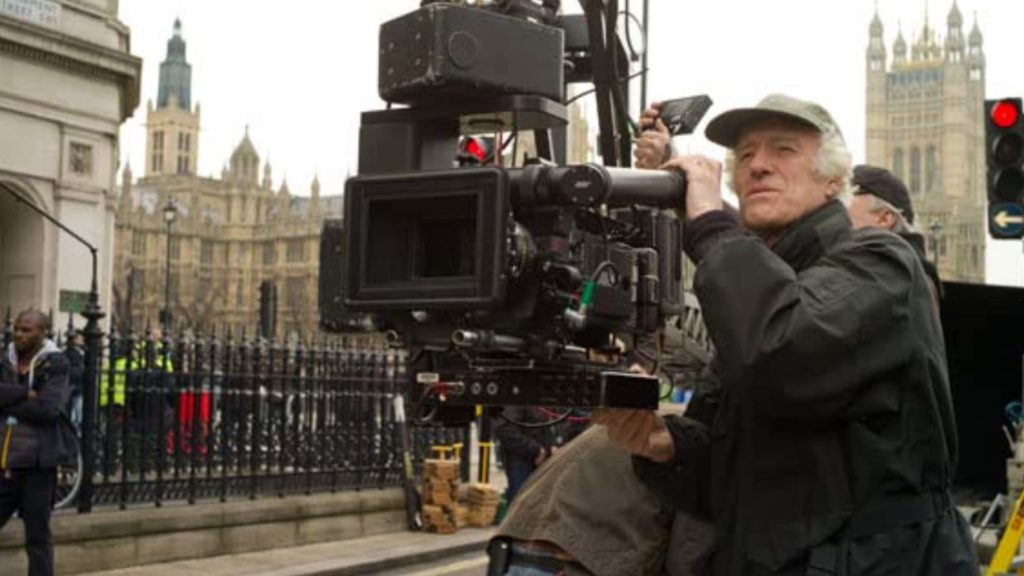
Why choosing ALEXA?
Deakins is famous for his brave approach to try new cameras on shooting blockbusters. For instance, he shot 1917 on a pre-production model of ALEXA Mini LF, and indeed, 1917 is the first film that was shot on this camera. Another acclaimed director that loves to try new cameras on actual Hollywood movies is Steven Soderbergh. On Skyfall, Deakins shot with ARRI’s sole ALEXA Studio prototype, as the camera was not yet in production. “We shot for 128 days with the camera, and I can’t remember one problem. We put it through a lot of different types of situations. I mean, talk about the low-light night stuff, which is a very extreme contrast ratio in the Shanghai set. On the other side of the spectrum, we’re shooting the bright sun on the Mediterranean, and it looked great. That was unexpected. I thought shooting in such extreme, bright sunlight it would have had problems, but it didn’t. The camera behaved as well or better than it would have on film.”, Deakins stated in an interview held by FSR.
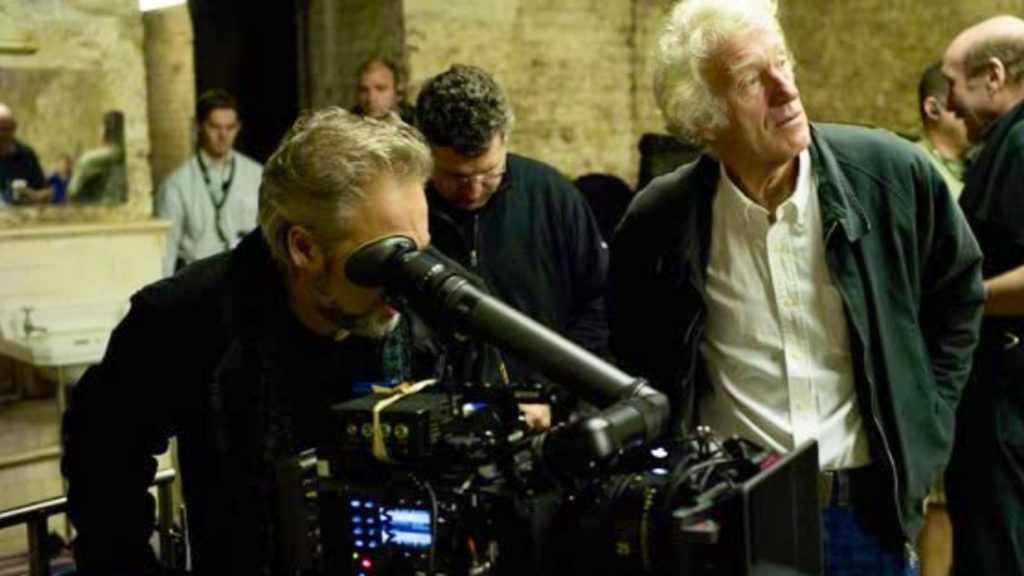
For those who are not familiar with the ALEXA Plus, explore this ARRI Tech Talk from 2011 about the camera:
Skyfall tech spec:
- ARRI ALEXA M, Zeiss Master Prime Lenses
- ARRI ALEXA Plus, Zeiss Master Prime and Angenieux Optimo Lenses
- ARRI ALEXA Studio, Zeiss Master Prime and Angenieux Optimo Lenses
- RED Epic, Zeiss Master Prime Lenses (aerial shots)
And here’s the Skyfall trailer below:
Have you watched Skyfall on IMAX? Did you know this movie was captured in 2.8K resolution?

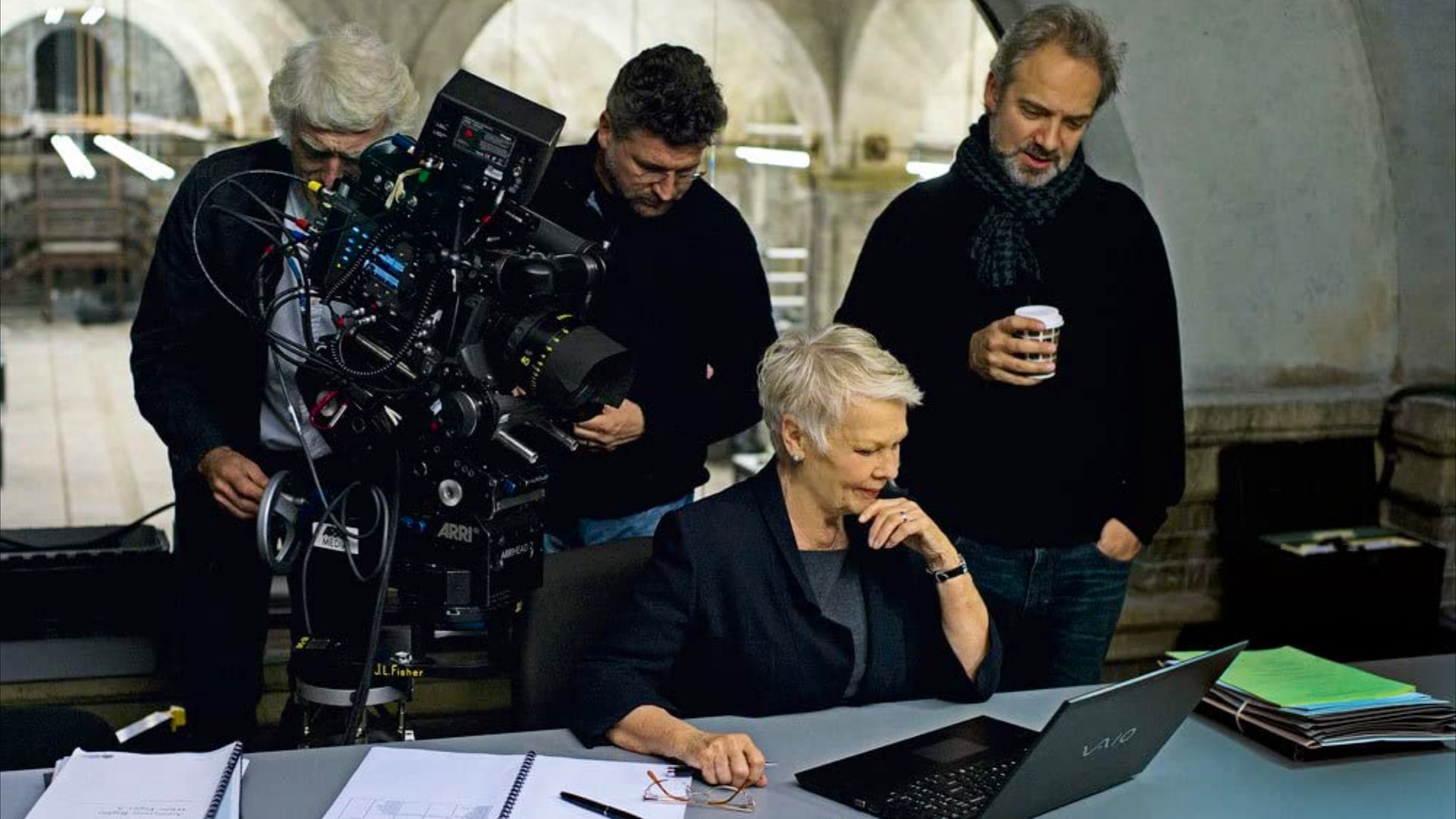




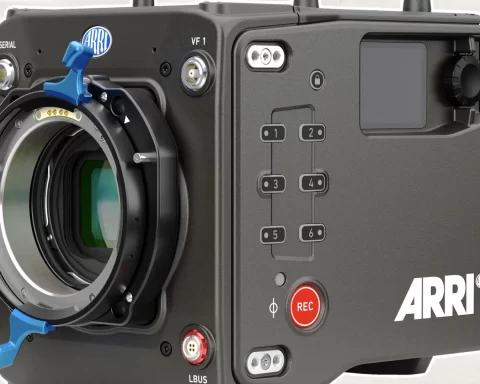

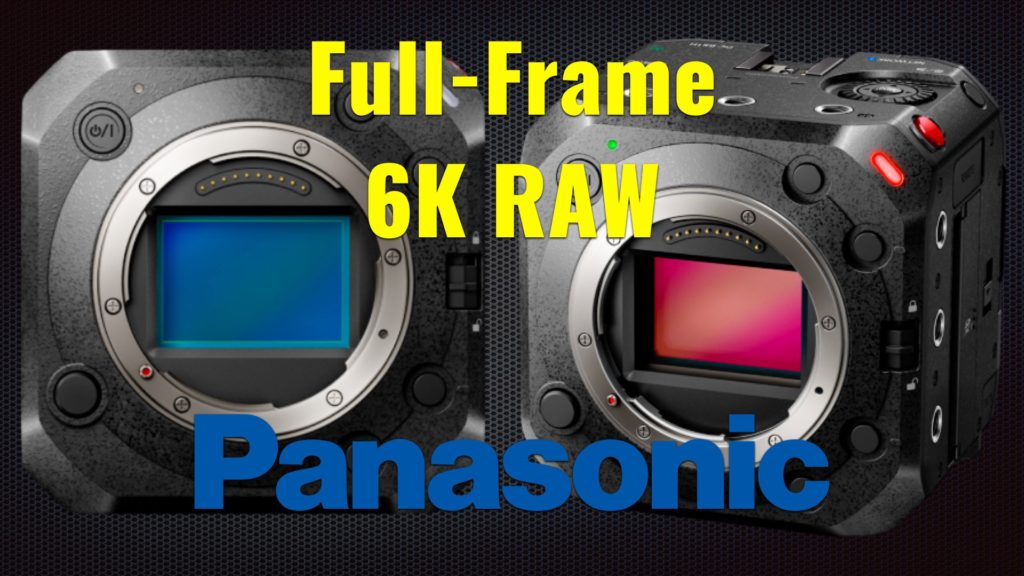
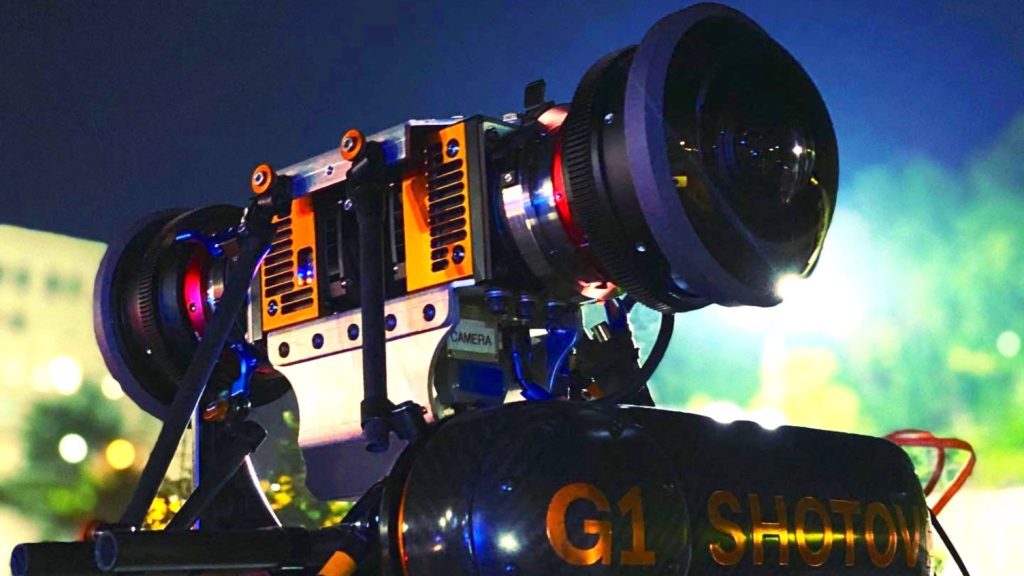
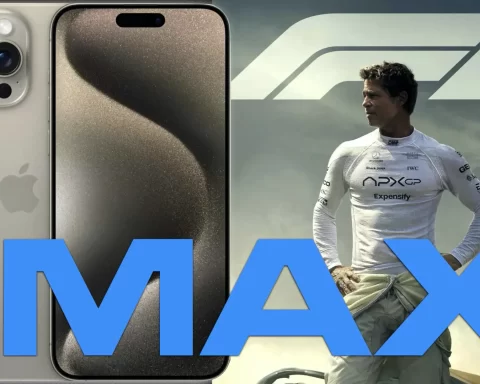
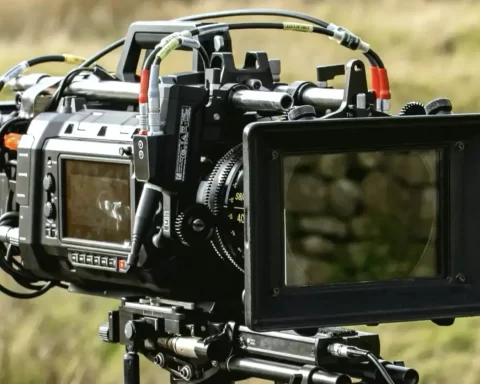

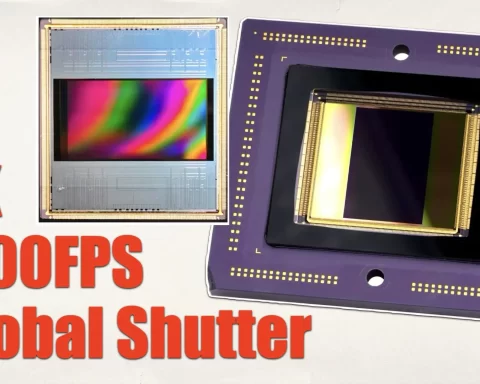


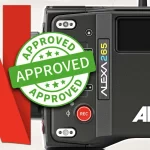
There are a couple typos in this post. “James Bold” movie, for example. Also, do you mean 1917 was shot on a “pre-production” or a prototype model” instead of a “production model”?